Home>Articles>What Is The Significance Of The White Wire In An Electrical Cord
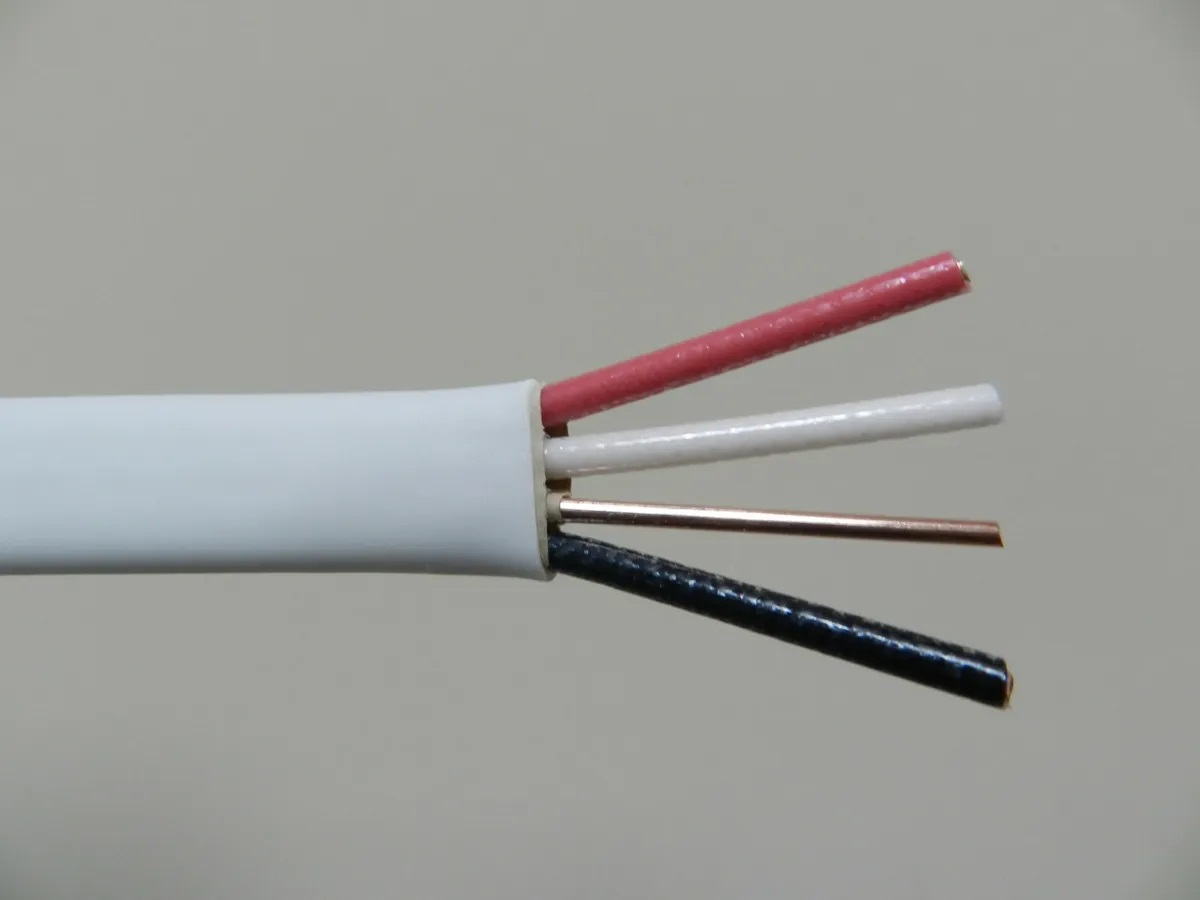

Articles
What Is The Significance Of The White Wire In An Electrical Cord
Modified: May 6, 2024
Learn about the role of the white wire in an electrical cord in this informative article. Find out what it represents and its significance.
(Many of the links in this article redirect to a specific reviewed product. Your purchase of these products through affiliate links helps to generate commission for Storables.com, at no extra cost. Learn more)
Introduction
Welcome to this comprehensive guide on understanding the role of the white wire in electrical cords. As we go about our daily lives, we often take for granted the electricity that powers our homes and devices. Behind the scenes, electrical cords play a critical role in delivering this power safely and efficiently. One of the key components of these cords is the white wire, which has its own unique purpose in electrical systems.
In this article, we will delve into the intricacies of electrical cords and explore the significance of the white wire. We will examine its function, explain how it is connected, and provide insights into its common uses. Additionally, we will address safety precautions to keep in mind when dealing with electrical cords.
By the end of this article, you will have a better understanding of the white wire’s role in electrical cords and how it contributes to the seamless flow of electricity in our everyday lives.
Key Takeaways:
- The white wire, also known as the neutral wire, is crucial for balancing electrical loads, completing circuits, and enhancing safety in electrical cords. Understanding its function is essential for maintaining a safe and efficient electrical system.
- Safety precautions, such as turning off power before handling cords, inspecting for damage, and avoiding overloading, are vital for preventing electrical hazards. By following these guidelines, individuals can create a secure electrical environment and minimize risks.
What is an Electrical Cord?
An electrical cord, also known as a power cord or power cable, is a flexible cable that is used to connect electrical devices to a power source. It is an essential component in our modern lives, as it enables us to power a variety of devices and appliances, ranging from lamps and computers to kitchen appliances and entertainment systems.
Electrical cords consist of multiple insulated wires encased in a protective sheath. These wires are color-coded to indicate their specific functions. In most cases, electrical cords contain three wires: a hot wire, a neutral wire, and a ground wire. These wires work in harmony to provide a safe and efficient flow of electricity.
The outer sheath of an electrical cord is typically made of a durable and flexible material, such as PVC (Polyvinyl Chloride) or rubber, to ensure the cord’s flexibility and longevity. The length of the cord can vary depending on its intended use, ranging from a few feet for short-range applications to several meters for longer distances.
It’s important to note that different countries may have different standards and regulations regarding electrical cords. Therefore, it is essential to use cords that comply with the relevant safety standards and guidelines in your region.
Now that we have a basic understanding of what an electrical cord is, let’s explore the significance of the white wire in these cords.
The Importance of Electrical Wiring
Electrical wiring plays a crucial role in our daily lives, providing us with the power we need to operate our electronic devices and appliances. Without proper wiring, electricity would not be able to flow efficiently and safely throughout our homes and businesses.
One of the primary purposes of electrical wiring is to deliver electricity from the power source to various outlets, switches, and lighting fixtures. It provides a path for the electrical current to travel, ensuring that power is distributed correctly and consistently.
Proper wiring is essential for maintaining electrical safety. It helps prevent electrical hazards, such as electrical shocks and fires, by ensuring that the correct amount of current is delivered to each device or appliance. Faulty or inadequate wiring can result in overheating, short circuits, and other dangerous situations.
Electrical wiring also enables us to have control over the power distribution in our homes. Through switches and circuit breakers, we can turn lights on and off, control the operation of appliances, and protect the electrical system from overloads.
Additionally, well-designed electrical wiring can enhance energy efficiency. By utilizing the correct wire sizes and configurations, we can reduce power losses and ensure that electricity is used efficiently. This can result in lower energy bills and a greener, more sustainable living environment.
In summary, electrical wiring is of utmost importance for providing a safe and reliable source of electricity. Its role in distributing power, ensuring electrical safety, enabling control, and promoting energy efficiency cannot be overstated. As we continue our exploration of electrical cords, we will now shift our focus to the white wire and its significance in these cords.
The White Wire in Electrical Cords
Within electrical cords, the white wire serves a specific purpose in the electrical system. It is commonly known as the neutral wire and is one of the essential components for the safe and efficient flow of electricity.
The white wire is designated as the neutral wire because it is connected to the neutral busbar or terminal in the electrical panel. This busbar is where the neutral wires from all the electrical circuits in a building are connected. The neutral wire acts as a return path for the electrical current, completing the circuit and allowing the electricity to flow back to the power source.
The purpose of the neutral wire is to carry the current back from the electrical device or appliance to the power source, ensuring a balanced electrical load. In a typical residential setting, the neutral wire carries the return current from the outlets, switches, and lighting fixtures back to the electrical panel.
Unlike the hot wire, which carries the current from the power source to the device, the neutral wire is connected to the grounding system. This provides an additional layer of safety by diverting any excess electrical current to the ground in the event of a fault or electrical surge.
In electrical cords, the white wire is often paired with a black or red wire. The black or red wire is the hot wire, responsible for delivering power from the source to the device, while the white wire acts as the neutral counterpart.
It’s important to note that the colors of wires may vary in different regions and countries. Therefore, it is crucial to refer to the local electrical standards and guidelines when working with electrical cords.
Now that we understand the role and function of the white wire in electrical cords, let’s explore how it is connected and its common uses.
The Function of the White Wire
The white wire, also known as the neutral wire in electrical cords, serves several important functions in the electrical system. Understanding its function is crucial for ensuring the safe and efficient flow of electricity.
1. Completing the electrical circuit: The primary function of the white wire is to provide a return path for the electrical current. While the hot wire carries the current from the power source to the device, the white wire carries the current back to the power source, completing the circuit. This allows for a continuous flow of electricity.
2. Balancing electrical loads: The white wire helps to balance the electrical load within a circuit. By carrying the return current, it helps ensure that the electrical current is distributed evenly between the hot and neutral wires. This balanced distribution of current prevents overloading and reduces the risk of electrical hazards.
3. Connecting to the grounding system: The white wire is also connected to the grounding system, providing an additional safety measure. In the event of a fault or electrical surge, the grounding system allows excess currents to be redirected safely to the ground, preventing electrical shocks and other potential hazards.
4. Facilitating the measurement of voltage: The neutral wire provides a reference point for measuring voltage in electrical circuits. By comparing the voltage between the hot and neutral wires, electricians can identify any potential issues, such as voltage drops or imbalances, and take appropriate corrective measures.
5. Supporting GFCI and AFCI protection: Ground Fault Circuit Interrupter (GFCI) and Arc Fault Circuit Interrupter (AFCI) devices rely on the presence of a neutral wire to function effectively. These devices help protect against electric shock and electrical fires by monitoring the current flow and rapidly shutting off the circuit in the event of abnormalities.
Overall, the function of the white wire is critical for maintaining electrical safety, balancing electrical loads, and facilitating the proper operation of protective devices. By understanding its function, electricians and homeowners can ensure the proper wiring and usage of electrical cords in their homes or businesses.
Now that we have explored the function of the white wire, let’s discuss how it is connected in electrical cords.
The white wire in an electrical cord represents the neutral wire. It completes the circuit and carries the current back to the source. Always ensure proper insulation and connection when working with electrical cords.
Connecting the White Wire
When working with electrical cords, it is important to understand how to properly connect the white wire to ensure the safe and efficient flow of electricity. Connecting the white wire correctly is crucial for maintaining electrical safety and preventing any potential hazards.
In most electrical cords, the white wire is connected to the silver or light-colored screw terminal on electrical outlets, switches, and fixtures. This terminal is specifically designed for connecting the neutral wire.
When connecting the white wire, it is essential to follow these steps:
- Ensure the power source is turned off: Before making any electrical connections, it is imperative to turn off the power at the electrical panel. This will prevent any potential electric shocks or accidents during the connection process.
- Expose the white wire: Strip off a small portion of the insulation from the end of the white wire, typically around 1/2 inch. This will expose the metal conductor inside and allow for proper connection.
- Connect to the screw terminal: Insert the exposed end of the white wire into the screw terminal in a clockwise direction. Make sure the wire is securely connected and tightened, using a screwdriver if necessary.
- Double-check the connection: After connecting the white wire, ensure that there is no exposed wire outside the terminal. This will prevent any accidental contact with other wires or metal surfaces.
- Secure the connection: Once the white wire is properly connected, ensure that the screw terminal is tightened securely to maintain a solid connection. This will help prevent any loose wires or potential electrical hazards.
It’s important to note that each electrical device or fixture may have specific instructions for connecting the white wire. Always refer to the manufacturer’s guidelines and follow the recommended wiring practices to ensure proper installation and functionality.
By following these steps and ensuring a secure connection, you can confidently connect the white wire in electrical cords and contribute to a safe and reliable electrical system.
Now that we understand how to connect the white wire, let’s explore some common uses of this wire in electrical cords.
Common Uses of the White Wire
The white wire, as the neutral wire in electrical cords, has various common uses in electrical systems. It plays an essential role in providing a safe and reliable flow of electricity to power our homes, devices, and appliances. Let’s explore some of the common uses of the white wire:
1. Power Outlets: In electrical outlets, the white wire is connected to the silver screw terminal, which is designated for the neutral wire. It allows for the safe return of electrical current back to the power source, completing the circuit. This ensures that appliances and devices plugged into the outlet can operate efficiently and safely.
2. Lighting Fixtures: The white wire is also used in lighting fixtures to provide a return path for the electrical current. It allows for the proper operation of light bulbs and enables the control of lighting circuits using switches. By connecting the white wire correctly, you ensure that the lighting fixtures function as intended and provide ample light for your living spaces.
3. Ceiling Fans: Ceiling fans typically have both a black (hot) wire and a white (neutral) wire. The white wire is connected to the neutral terminal in the ceiling fan, allowing for the return of the electrical current. This ensures the proper operation of the fan motor and control of fan speed, lights, or other features.
4. Appliances: Many appliances, such as refrigerators, dishwashers, and washing machines, require the use of the white wire for proper functioning. The white wire is connected to the neutral terminal within these appliances, allowing for the safe and efficient operation of their electrical components.
5. GFCI and AFCI Circuits: Ground Fault Circuit Interrupter (GFCI) circuits and Arc Fault Circuit Interrupter (AFCI) circuits, which provide additional protection against electrical shocks and fires, rely on the presence of the white wire. The white wire is connected to the neutral terminal on the GFCI or AFCI device, allowing them to monitor the flow of electrical current more effectively and shut off the circuit when necessary.
These are just a few examples of the common uses of the white wire in electrical cords. It is worth noting that the specific application of the white wire may vary depending on the electrical system and the devices or appliances being used.
Now that we have explored the common uses of the white wire, let’s move on to discussing safety precautions that should be followed when dealing with electrical cords.
Safety Precautions for Dealing with Electrical Cords
Working with electrical cords requires caution and adherence to safety guidelines to avoid potential hazards. Whether you are connecting, disconnecting, or handling electrical cords, it is crucial to prioritize safety. Here are some essential safety precautions to keep in mind:
1. Turn off the power: Before working with electrical cords, always turn off the power at the electrical panel or unplug the cord from the power source. This prevents the risk of electric shock or accidental activation of the circuit while handling the cords.
2. Inspect the cord: Regularly inspect electrical cords for any signs of damage, such as frayed wires, exposed conductors, or cracked insulation. Damaged cords should be immediately replaced to prevent electrical hazards.
3. Handle cords with care: When unplugging or connecting electrical cords, grasp the plug itself rather than pulling on the cord. This helps prevent strain on the cord and minimizes the risk of damage or disconnection.
4. Avoid overloading: Ensure that the electrical cord and any extension cords used are rated for the specific load they will be carrying. Overloading cords can cause overheating, which can lead to electrical fires or damage to the cords and connected devices.
5. Do not run cords under rugs or furniture: Placing cords under rugs or furniture can cause them to overheat and increase the risk of fire hazards. Instead, use cord covers or channels specifically designed to secure and protect cords along the floor surfaces.
6. Use ground fault circuit interrupters (GFCIs): GFCIs are essential for areas where electrical cords may come in contact with water, such as bathrooms, kitchens, and outdoor locations. These devices monitor the flow of electricity and provide instant shut-off if a fault is detected, reducing the risk of electrical shock.
7. Avoid daisy-chaining extension cords: Connecting multiple extension cords in a series, also known as daisy-chaining, can overload the circuit and increase the risk of electrical hazards. Instead, use a single, properly sized extension cord to reach the desired outlet.
8. Properly store cords: When not in use, carefully coil and store electrical cords in a cool, dry place. Avoid tightly winding cords around objects or allowing them to become tangled, as this can cause damage and decrease their lifespan.
9. Seek professional help when needed: If you are unsure or uncomfortable working with electrical cords or if you encounter complex electrical issues, it is always best to seek assistance from a qualified electrician. They have the expertise to handle electrical tasks safely and efficiently.
By following these safety precautions, you can greatly reduce the risk of electrical accidents and ensure a safe working environment when dealing with electrical cords.
Now that we have covered the safety precautions, let’s conclude our comprehensive guide on the white wire in electrical cords.
Conclusion
Understanding the role of the white wire in electrical cords is essential for anyone working with or using electrical devices and appliances. The white wire, also known as the neutral wire, contributes to the safe and efficient flow of electricity within our homes and businesses.
Throughout this guide, we have explored the importance of electrical wiring, the functions of the white wire, how to connect it properly, and its common uses in electrical cords. We have also provided safety precautions to ensure the safe handling and usage of electrical cords.
By following the recommended guidelines and safety precautions, we can create a secure electrical environment and minimize the risks of electrical hazards, such as electric shock and fires.
Remember always to turn off the power before working with electrical cords, inspect them regularly for any damage, and handle them with care. Avoid overloading cords, use ground fault circuit interrupters (GFCIs) in appropriate areas, and avoid running cords under rugs or furniture. Proper storage and seeking professional help when needed are also key to maintaining electrical safety.
Through your increased understanding of the white wire and electrical cords, you are now equipped to make informed decisions and take the necessary precautions for a safe and efficient electrical system.
So, next time you plug in a device or connect an electrical cord, you’ll have a better understanding of the important role played by the white wire, ensuring the reliable delivery of power to your fingertips.
Curious about managing more complex wiring tasks? Our guide on running overhead electrical wiring might just be what you need. If you're pondering the specifics of different cable types, our detailed explanation on the role of the white wire on a three-prong cord will clarify your doubts. Additionally, understanding what a neutral wire does could significantly enhance your DIY electrical projects, ensuring safety and efficiency.
Frequently Asked Questions about What Is The Significance Of The White Wire In An Electrical Cord
Was this page helpful?
At Storables.com, we guarantee accurate and reliable information. Our content, validated by Expert Board Contributors, is crafted following stringent Editorial Policies. We're committed to providing you with well-researched, expert-backed insights for all your informational needs.
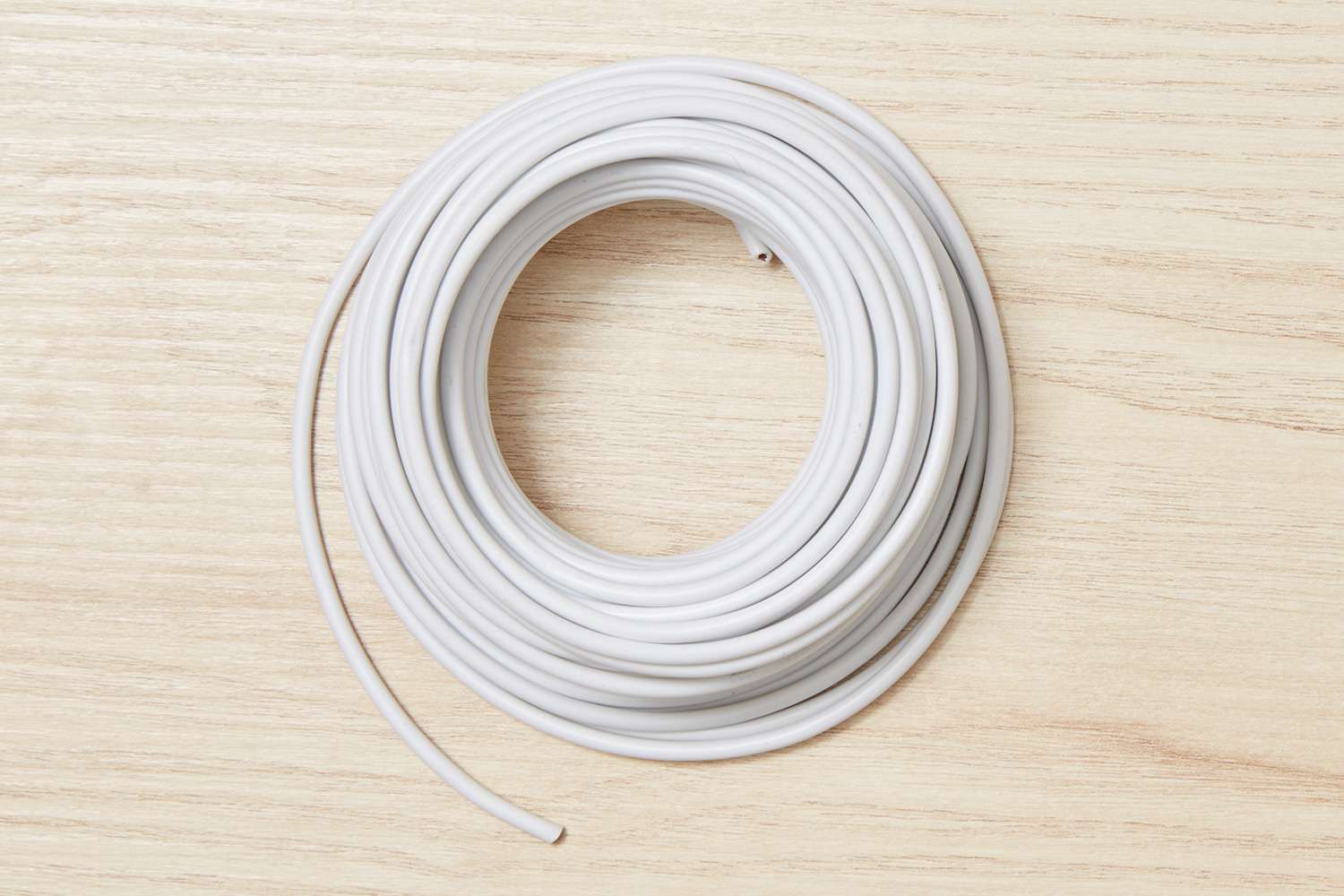
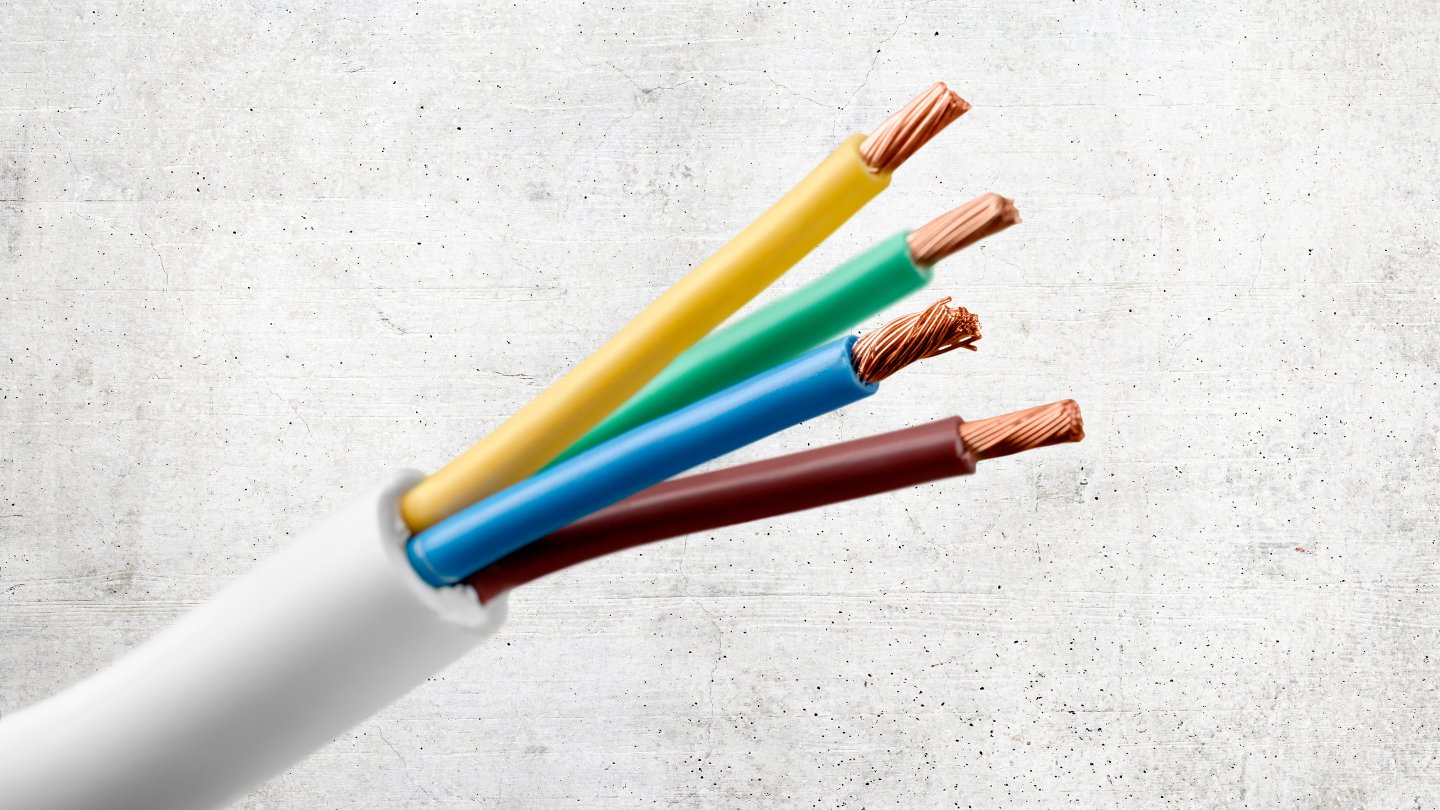
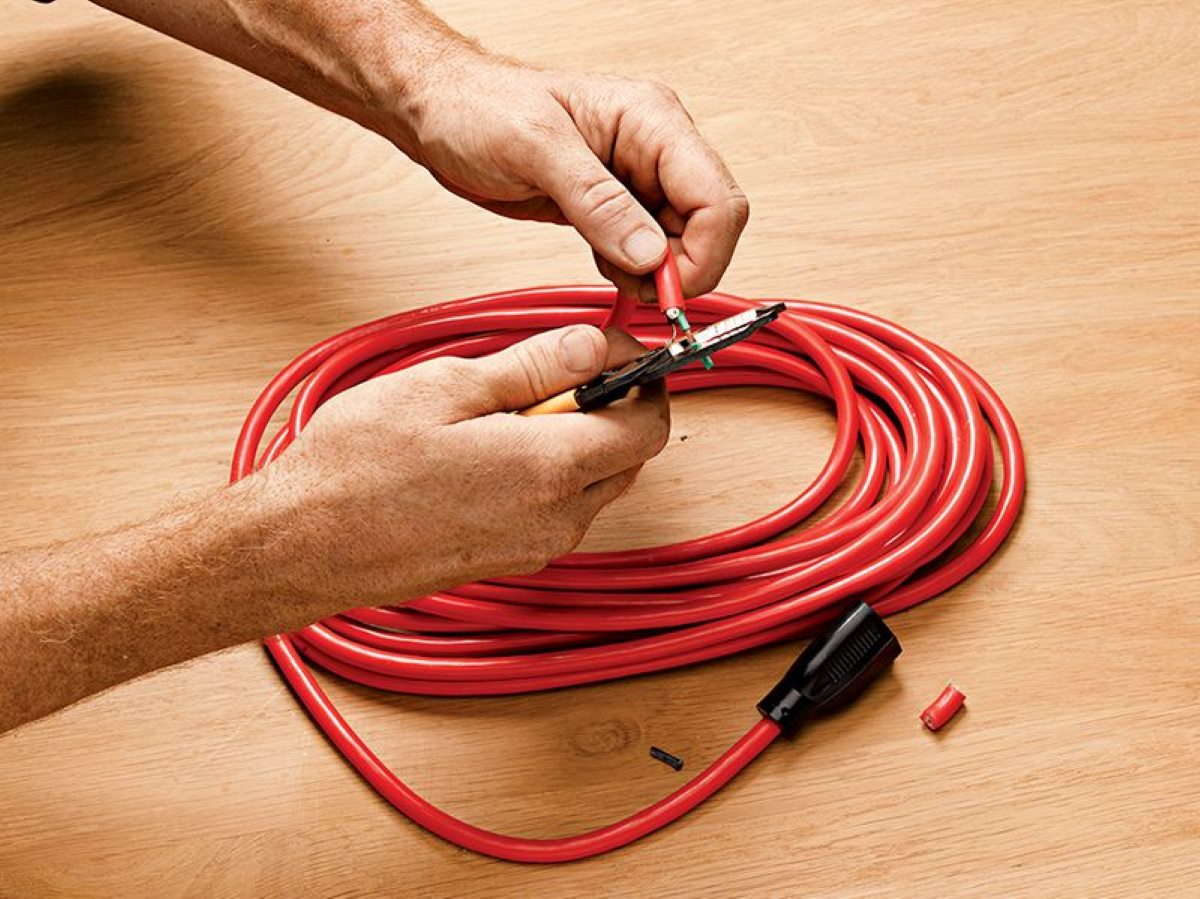
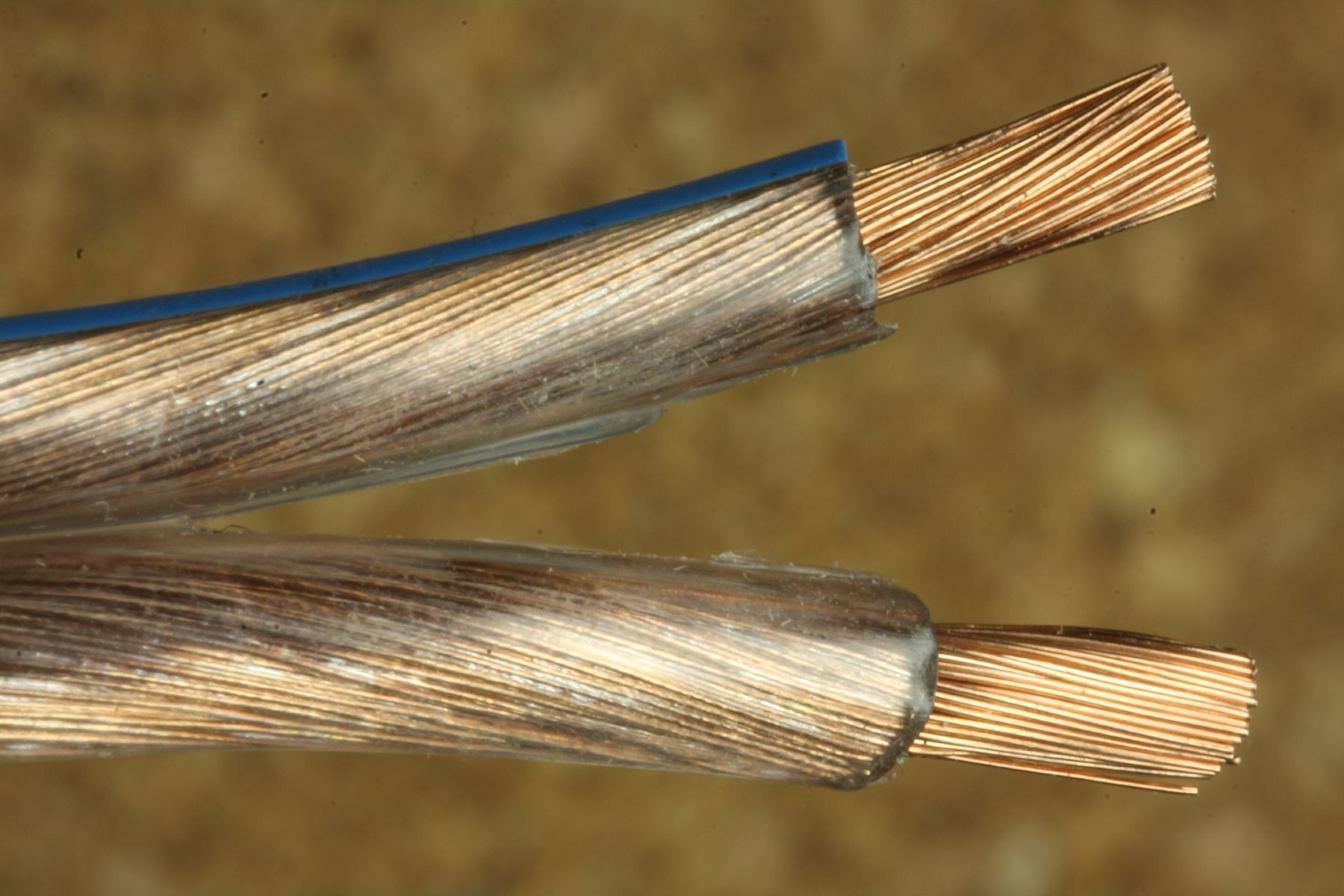
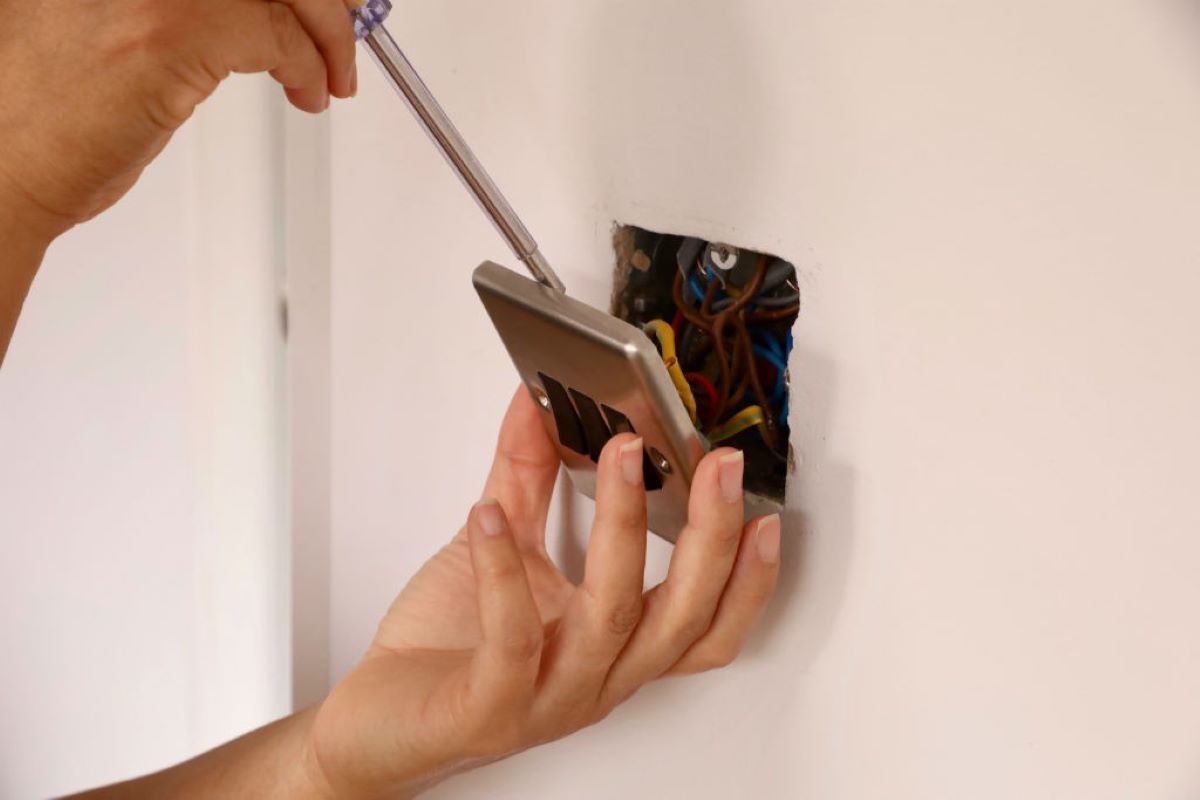
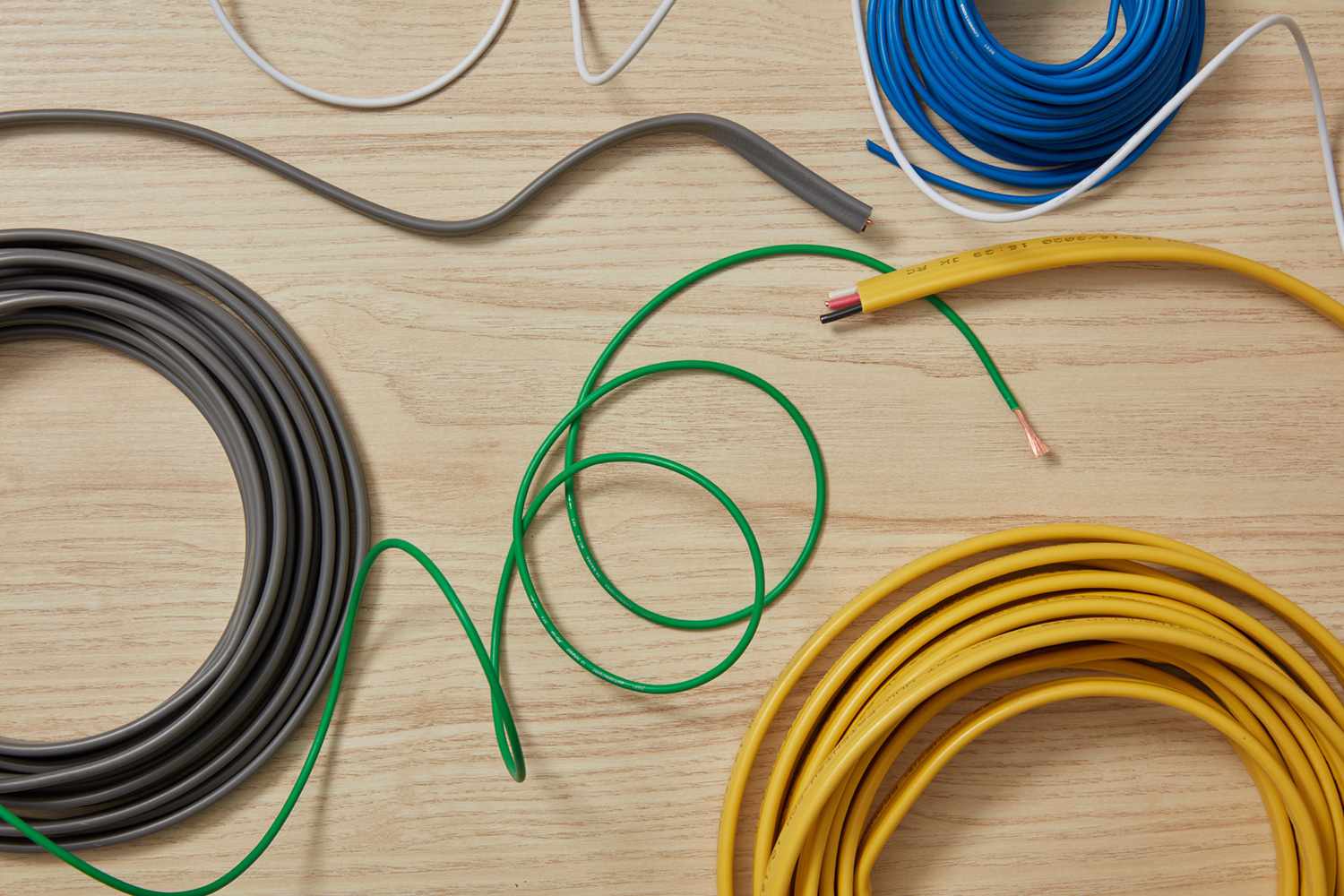
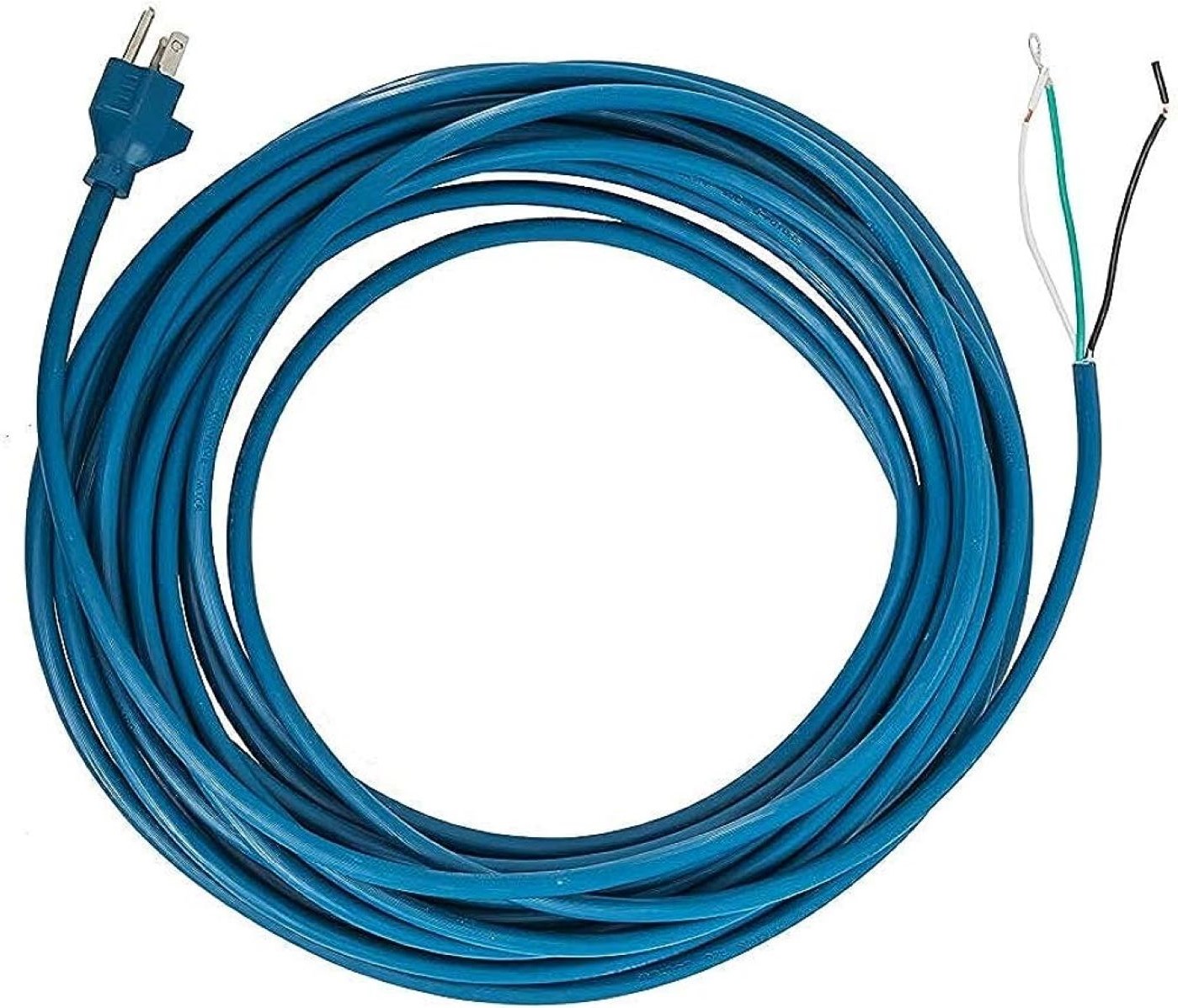
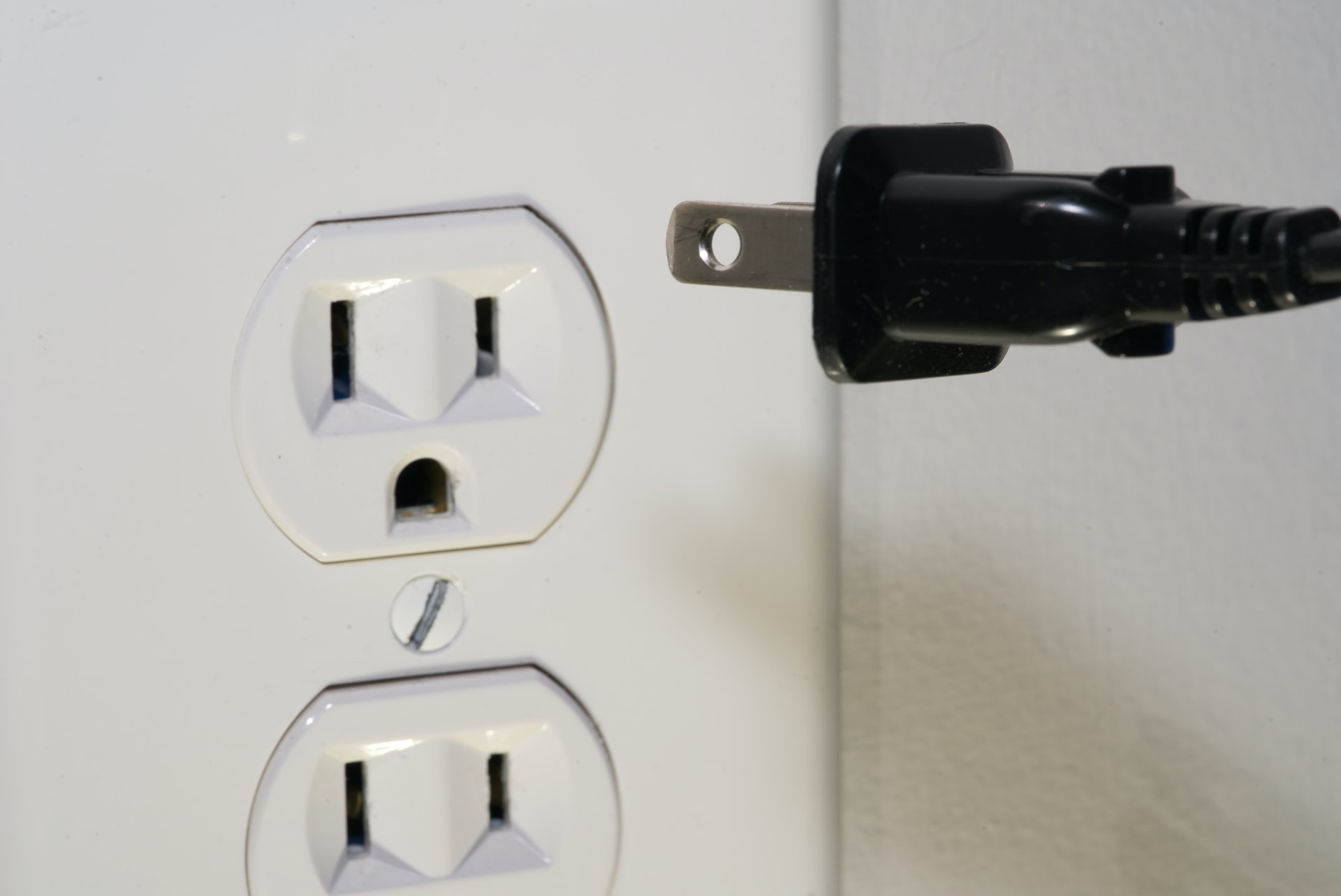
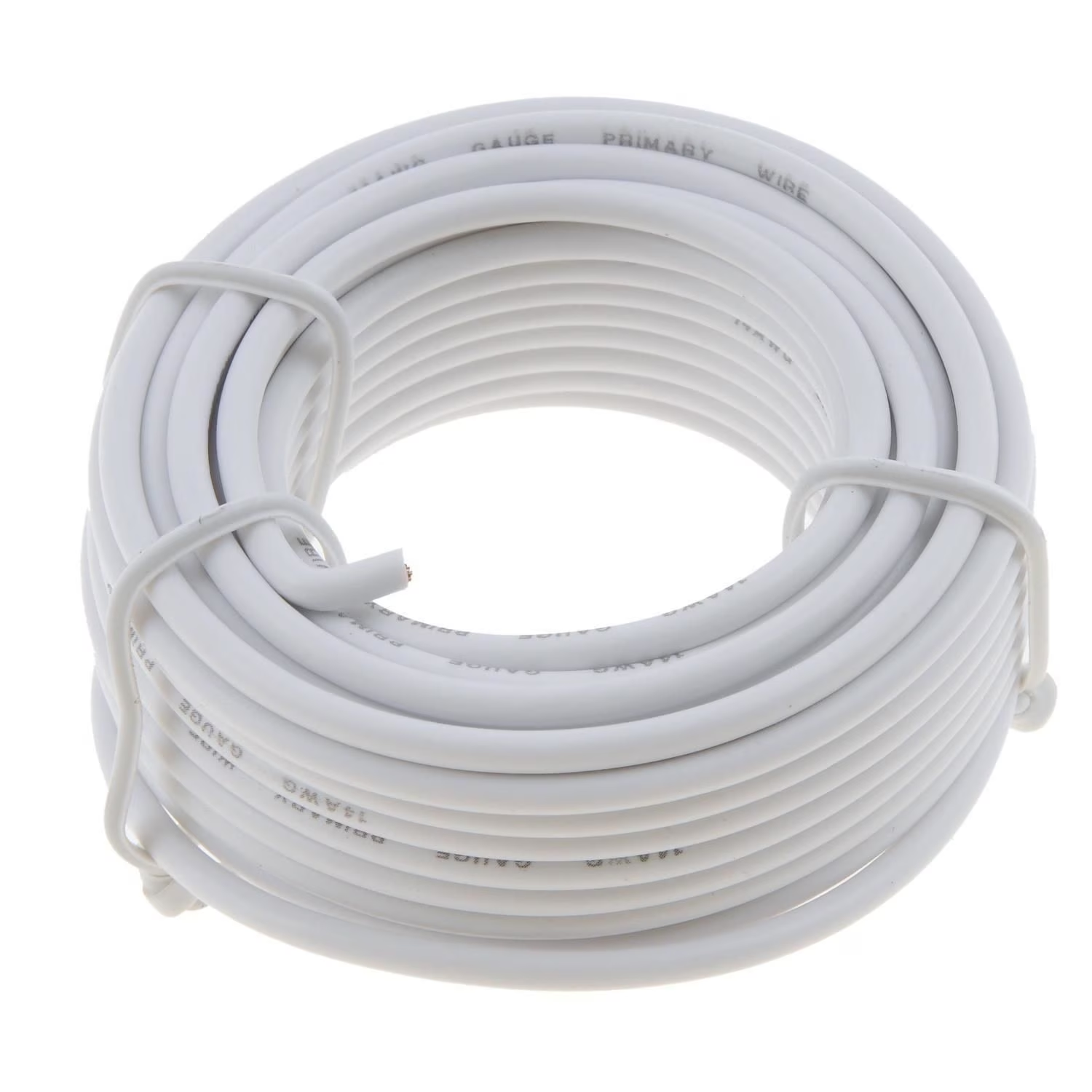
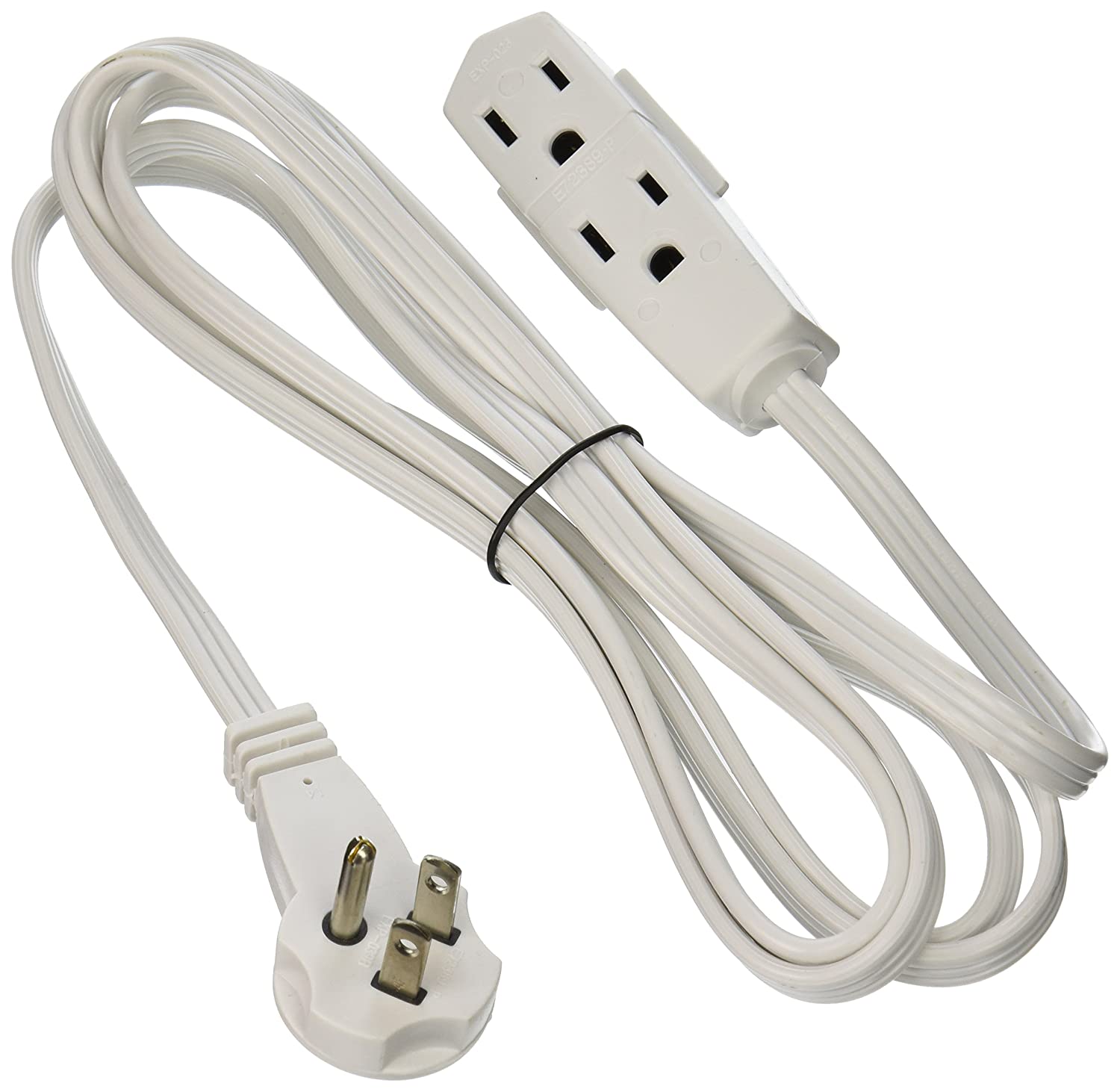
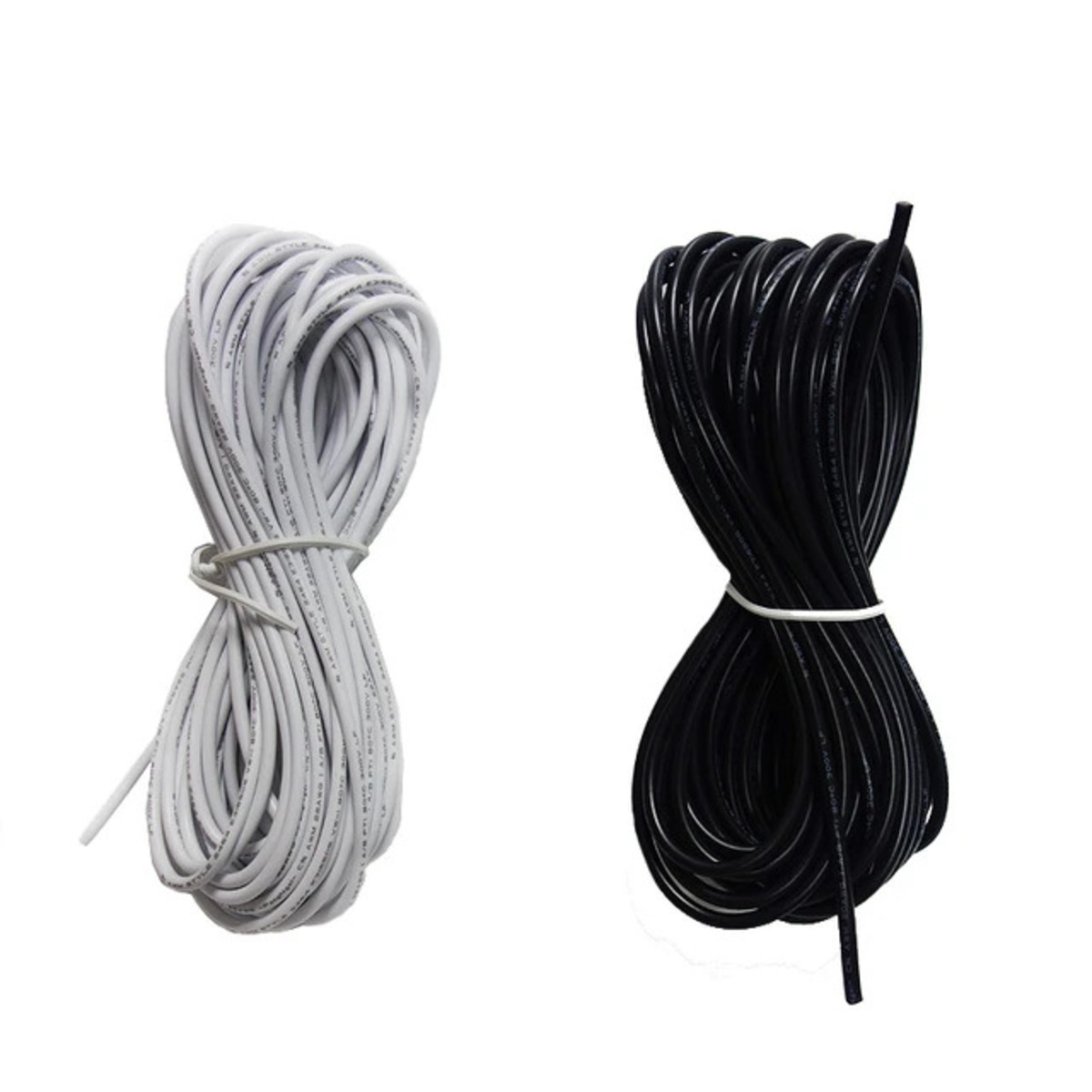
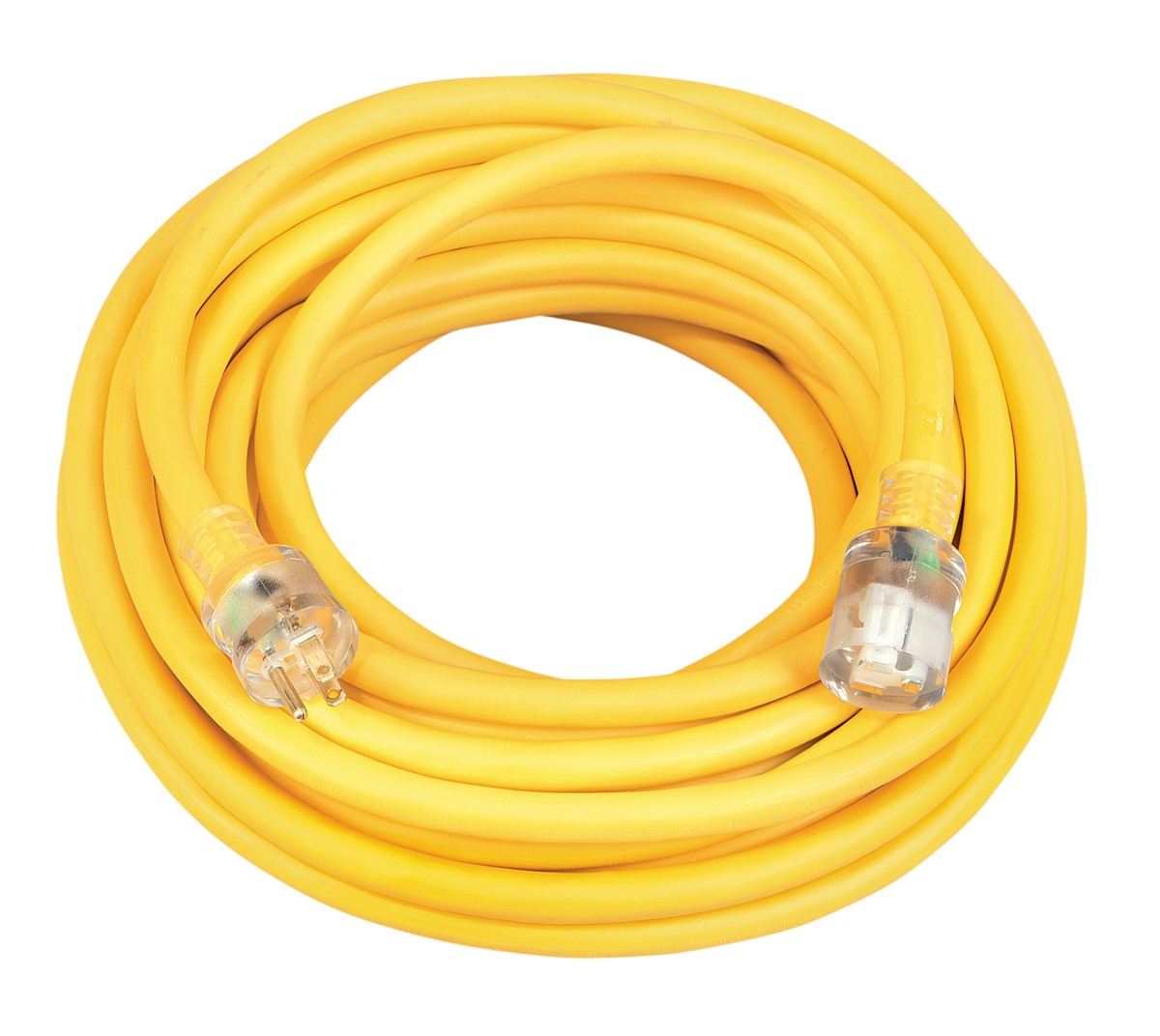
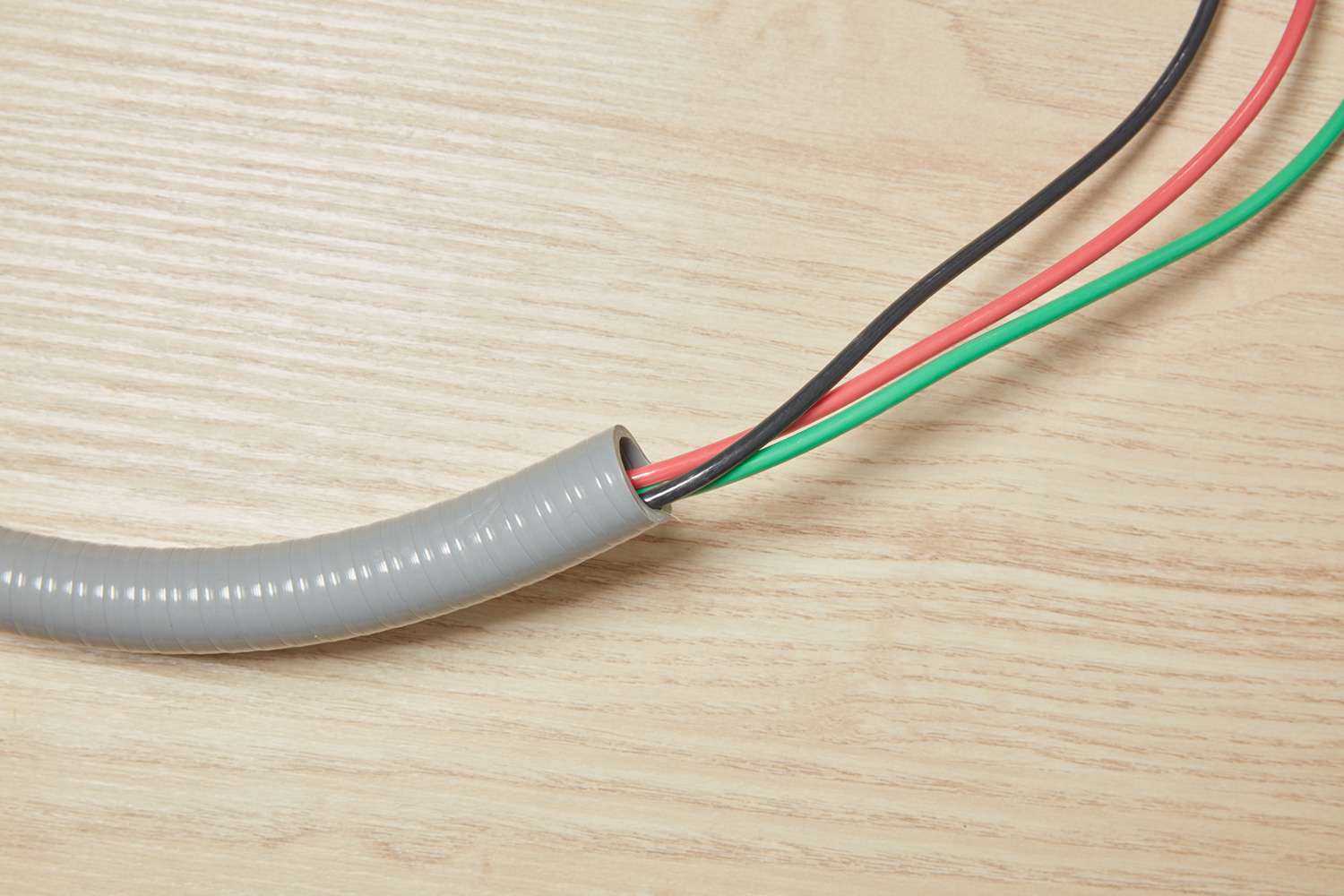
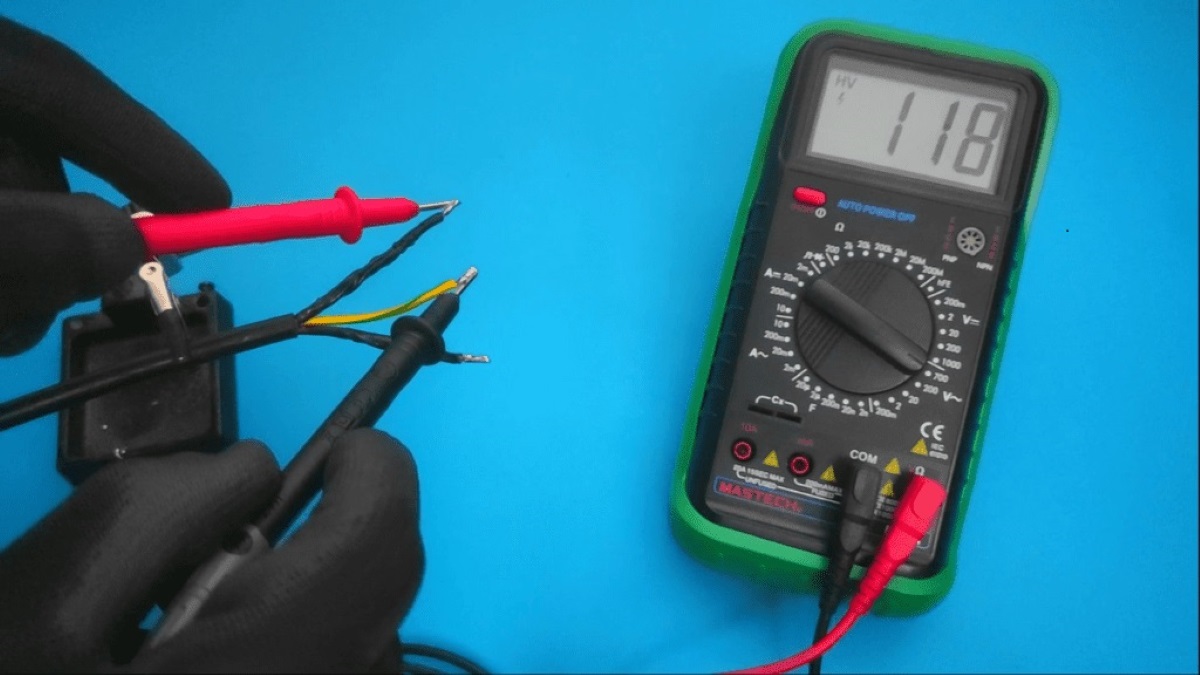

0 thoughts on “What Is The Significance Of The White Wire In An Electrical Cord”